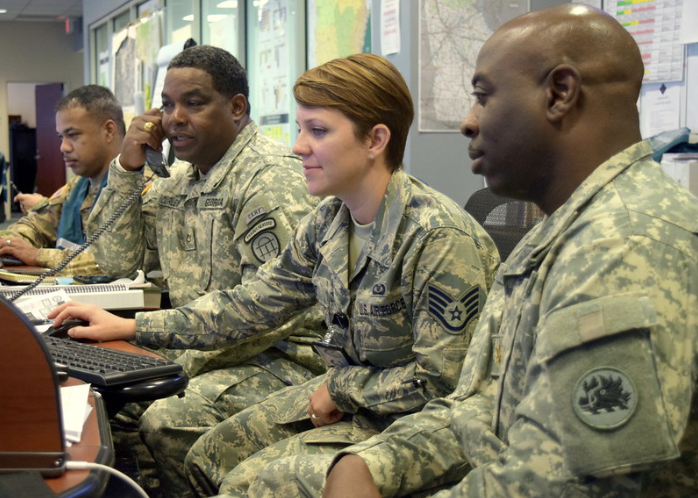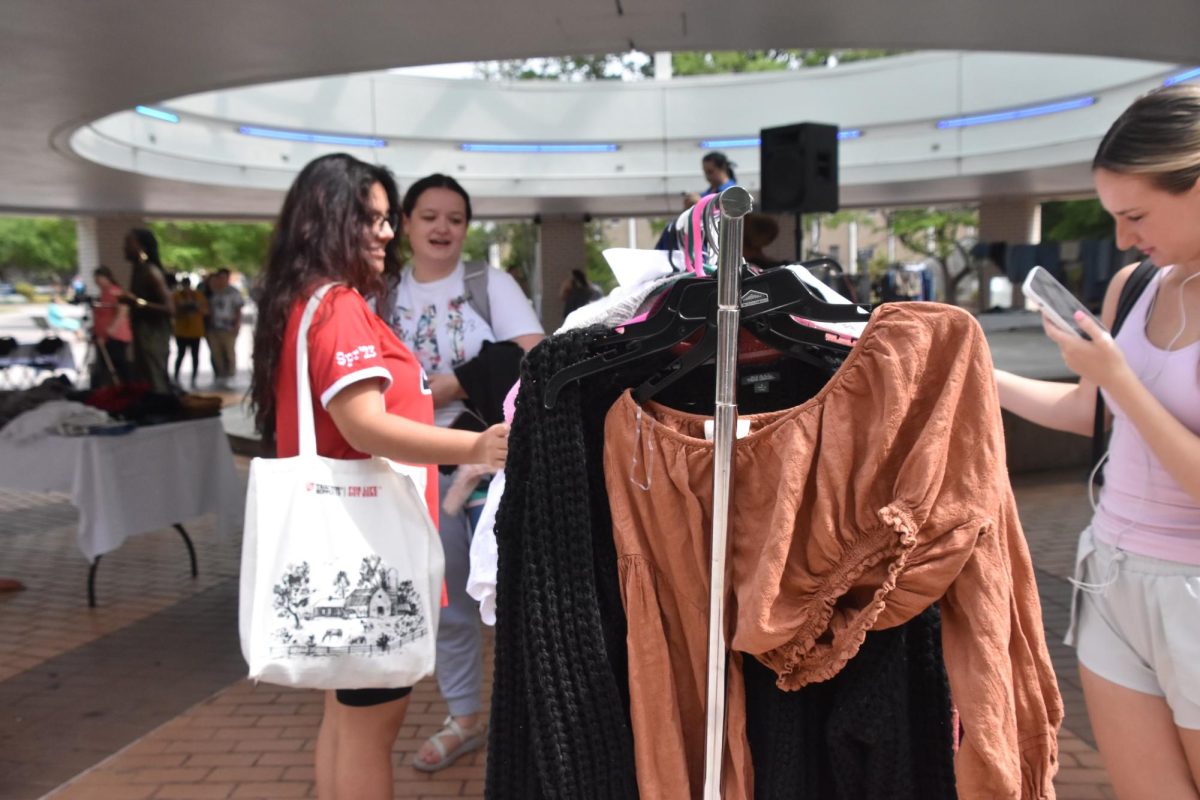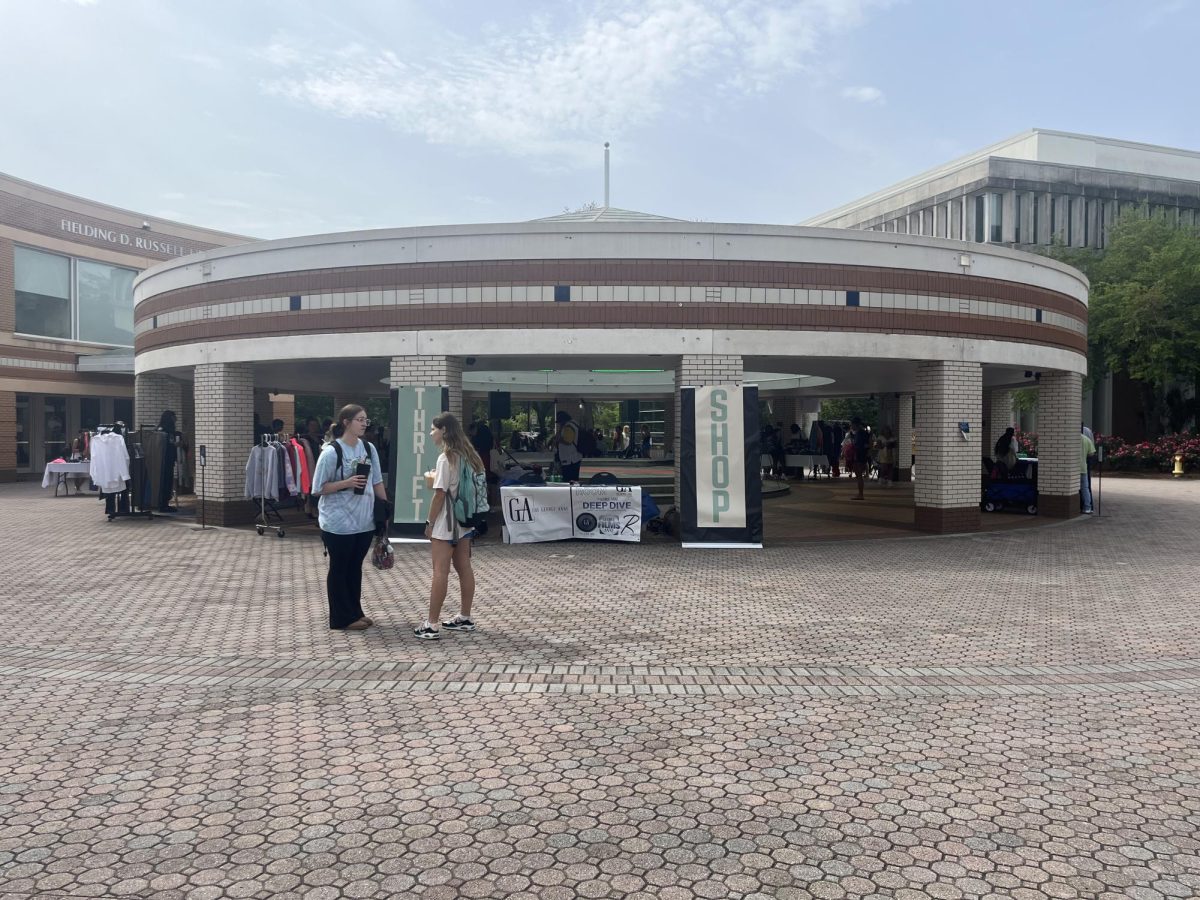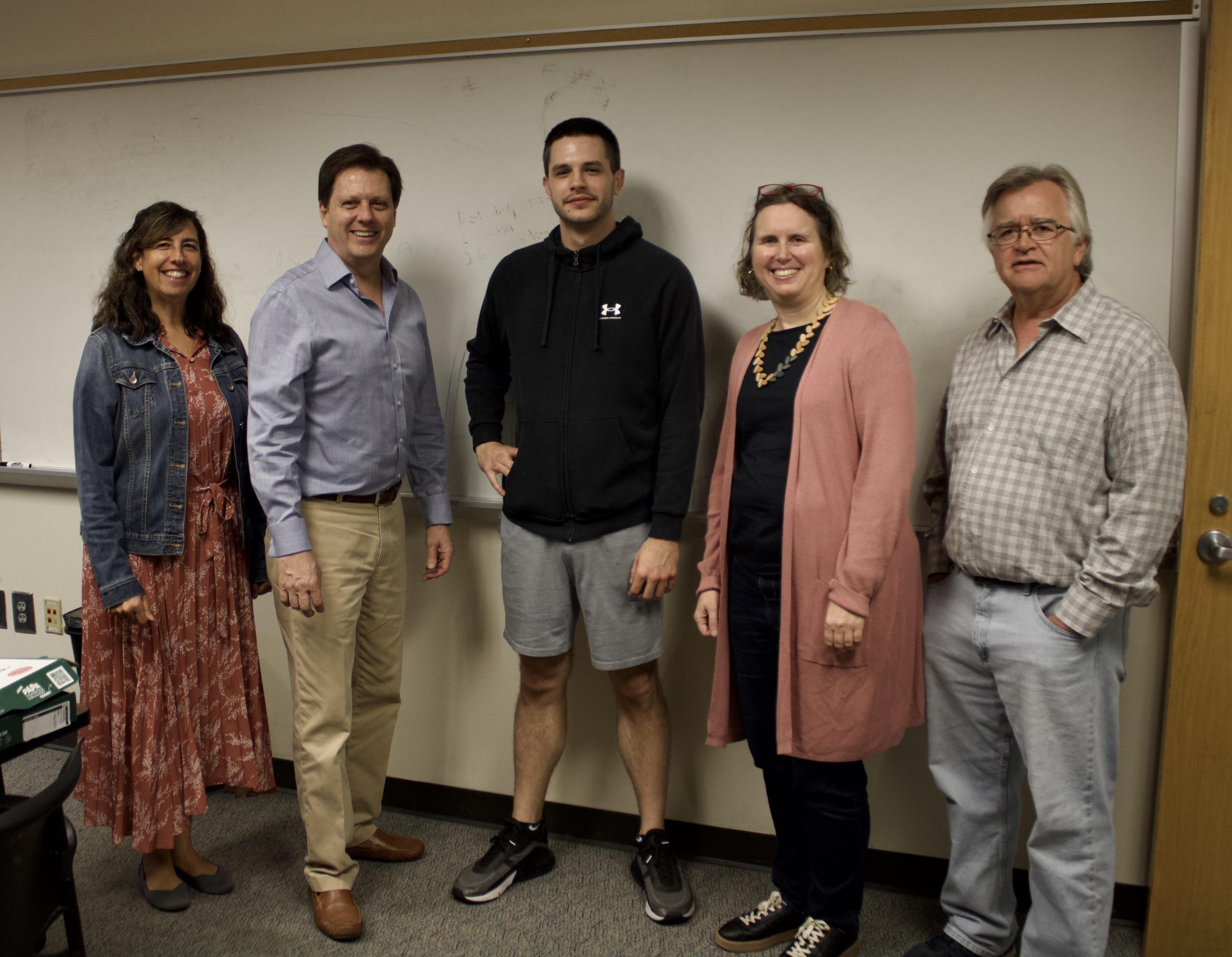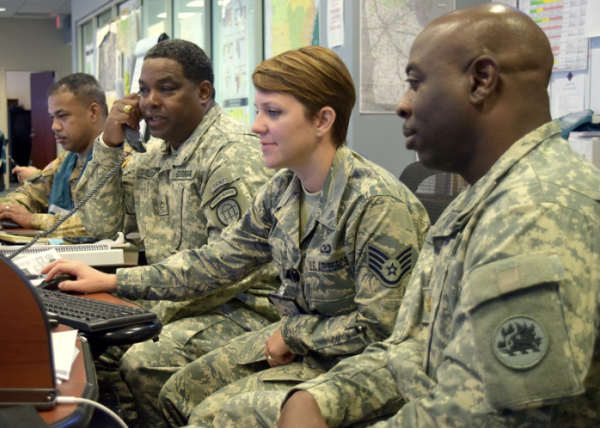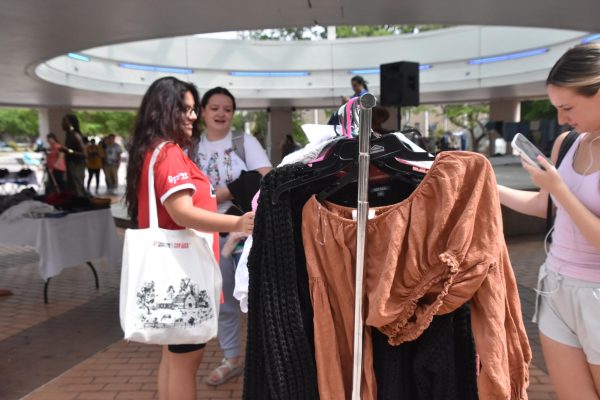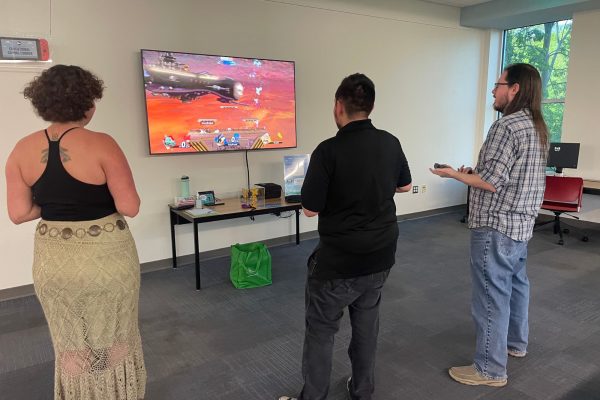Body Cameras Issued to University Police
September 17, 2015
Officers of the University Police Department have recently been equipped with body cameras and in-car recording devices to be used in the course of their daily patrols. After a training period in August, cameras were issued to the UPD’s 34 Patrol Officers and recording devices were installed in 4 patrol cars, and are now in full-effect across the campus.
The Office of Public Safety pushed for these devices to both help officers in their duty and to remain transparent and accountable to the public. “We’ve been looking at them for a couple of years because we think they’re a good tool for the officers,” said Laura McCoullough, interim University Police Chief. “But it’s also a peace of mind for people on the street, the community to know we have that.” McCoullough cited recent societal pressures as another reason to equip the department with these devices. “I think with everything you see on TV now…the public is almost demanding that officers have these.”
The recording devices benefit officers by providing hard evidence that can be applied in court, as well as providing clarity when writing reports on an event or dealing with complaints against officers. The cameras cannot be tampered with or deleted by an officer, and are uploaded to a secure server in the UPD building at the end of each shift. Officers are required to start recording the moment they decide to take an action, whether it be confronting a person of interest on the street or responding to a crime in progress. Officers who fail to activate their cameras could face significant penalties.
Recording devices used in Patrol Cars automatically records and starts saving footage once the officer activates the cars light bar. The device can save footage up to ten minutes before the light bar is switched on, allowing viewers to see exactly what prompted the officer to begin a pull over. At the end of a shift, patrol cars pull into the backlot of the UPD, where the data is wirelessly downloaded onto the same server as the body camera footage.
According to McCoullough, The Office of Public Safety researched and field-tested many recording devices over the past couple years, but proved ineffectual. Additionally, the UPD did not have the ideal amount of funds for higher end gear.
The cameras and in car recorders are developed by WatchGuard, whose products are used by police forces across the country. The body cameras were purchased using end-of-year funds issued by the University. These funds are used for large projects, and various departments apply to receive them. The Office of Public Safety also received a $10,000 grant from the Governor’s Office of Highway Safety, which was used to purchase two additional in-car recorders.
The body cameras and recording devices are already proving useful. While no footage has yet to be used in court, they are already being used to solve complaints quicker than ever before. After a person called to complain, claiming their innocence during a traffic stop, the Department was able to use gathered footage to disprove the complaint quickly. “We were able to pull up both the in-car and body camera, showing exactly what they did,” explained McCoullough. “So it has worked.”

